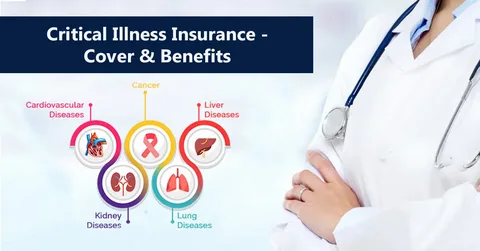Your vehicle use is a significant factor in how much you pay for auto insurance. Insurers may set rates based on the car’s make and model’s safety ratings and how often it’s stolen. Other personal factors and selected coverage types also affect costs. Here are a few of them:
Table of Contents
Commercial
The commercial auto insurance rate is based on your vehicle use and your policy’s coverage limits. It may also depend on the type of vehicle, as vehicles that carry higher-value cargo or are used for longer distances tend to cost more to insure. The age of the vehicles will also influence rates as older cars typically have higher premiums than newer ones.
Numerous vehicle types are eligible to be classified as commercial. Some of the most common include: Typically, you must purchase commercial auto insurance from companies like Billyard Insurance Group Inc when using your vehicle for business-related purposes, such as transporting tools and equipment to your job site or delivering products and services for profit. It includes ride-sharing drivers. It’s also important to consider if your business uses the vehicle to transport employees to their jobs or between job sites. If you have multiple drivers, their driving history will also be considered and could impact your commercial auto insurance rates. Each driver’s record will be evaluated and rated on their risk-based profile. Some examples of driver risks include a history of traffic violations, accidents, or citations. Drivers with a poor record may face higher rates or be denied coverage altogether. It’s essential to keep your records clean when possible. Understanding the factors that influence commercial auto insurance rates is crucial for businesses. Consult with an experienced attorney like Attorney Charles Kania to navigate the complexities of insurance policies, coverage limits, and other considerations related to your commercial vehicles.
Pleasure
Pleasure driving is when you use your car for things that please you. It includes going for fun, running errands for pleasure, and moving to work or school. Pleasure-driving vehicles are usually not driven daily and may be parked at night or on the weekend, so these drivers typically see lower rates than commuters. Although the hedonic good and intrinsic treats are frequently discussed when discussing pleasure, pleasure can also refer to other kinds of enjoyment. It is argued that our pleasure sometimes shows that it is not just a pleasant, occurrent mood. Instead, happiness can also be felt in activities that satisfy our ethical and psychological needs. However, it is essential to note that introspection has been a fallible tool when evaluating momentary feelings and that diligent introspection may make these experiences cognitively inaccessible. In light of this, we should not be surprised that philosophers have failed to settle on whether or not pleasure has a single phenomenal feel, a diversity of senses, or even if it is an evaluative feeling. When quoting for car insurance, you will be asked if your vehicle is used for pleasure or commuting. Be sure to answer accurately, as these questions can affect your rate.
Commuting
For many people, commuting is the biggest driver of their car usage. Whether climbing in the car every morning to drive to work, using it to transport children to school and then back again, or just taking it out to run errands, the vehicle is likely used for commuting. Insurance rates are higher for vehicles driven for commuting because they are exposed to more risk on the road. They are typically on the road during busy driving times, such as rush hour, and they are more likely to be involved in accidents due to the volume of commuter traffic. They are also more likely to be parked in urban areas where theft and vandalism rates may increase. However, some benefits to commuting can make it a worthwhile option for individuals and their communities:
For one, it cuts down on greenhouse gases contributing to climate change. A single personal car emits about five tons of carbon dioxide annually. It is the equivalent of driving 18,000 miles. For those who don’t own a car and need to get around, reducing the number of vehicles on the road can help improve conditions for nonmotorized travel like walking, cycling, public transit, and ride-sharing. In addition, a reasonable commute can contribute to employee morale and retention. Some employers provide transportation or commuter benefits to employees, often as a pre-tax benefit, which can help reduce turnover.
Other
The more often you use a car, the more risk you will be involved in an accident or have to pay for repairs. For this reason, insurance companies classify driving for pleasure as a higher risk than commuting or business use. Pleasure use generally includes errands, running to the grocery store, and taking kids to baseball practice. It also can consist of weekend road trips and visiting friends or family. Some auto insurers offer programs to help drivers save on their insurance rates. For example, some insurers discount customers who own multiple vehicles or bundle their auto, homeowners, or renters insurance policies with the same company. Another option is to sign up for a usage-based car insurance program. These programs track driving habits and reward good behavior, such as low miles, speeding, and braking. Businesses must have a clear policy about the permitted and non-permitted use of company vehicles. Allowing employees to drive company cars for personal use can expose a business to significant legal and financial risk. In addition, it may create a conflict of interest if the employee is in an accident and needs compensation from the company for medical bills or lost wages.





